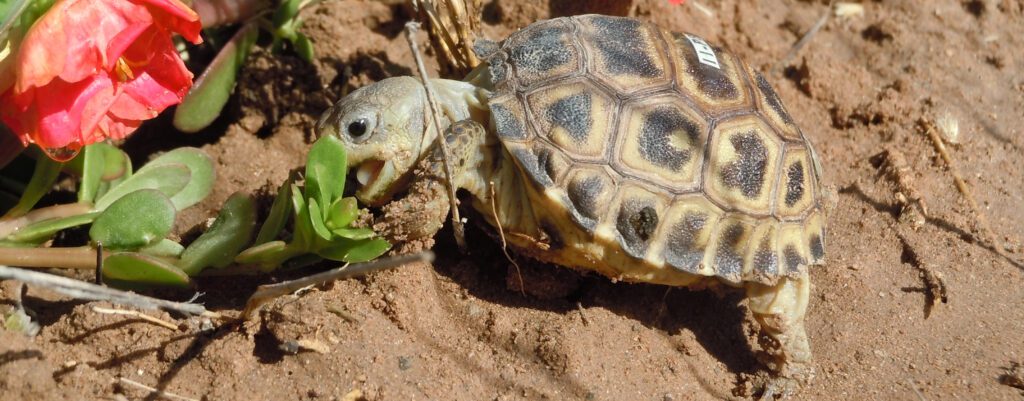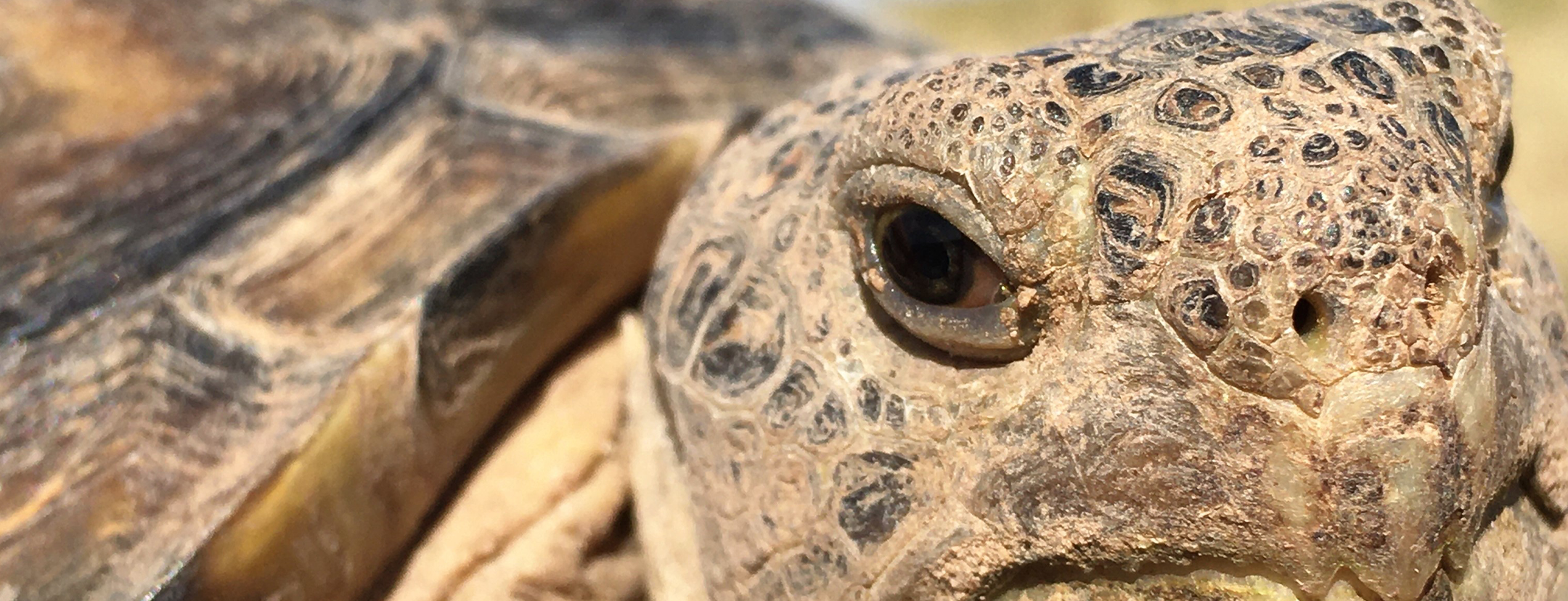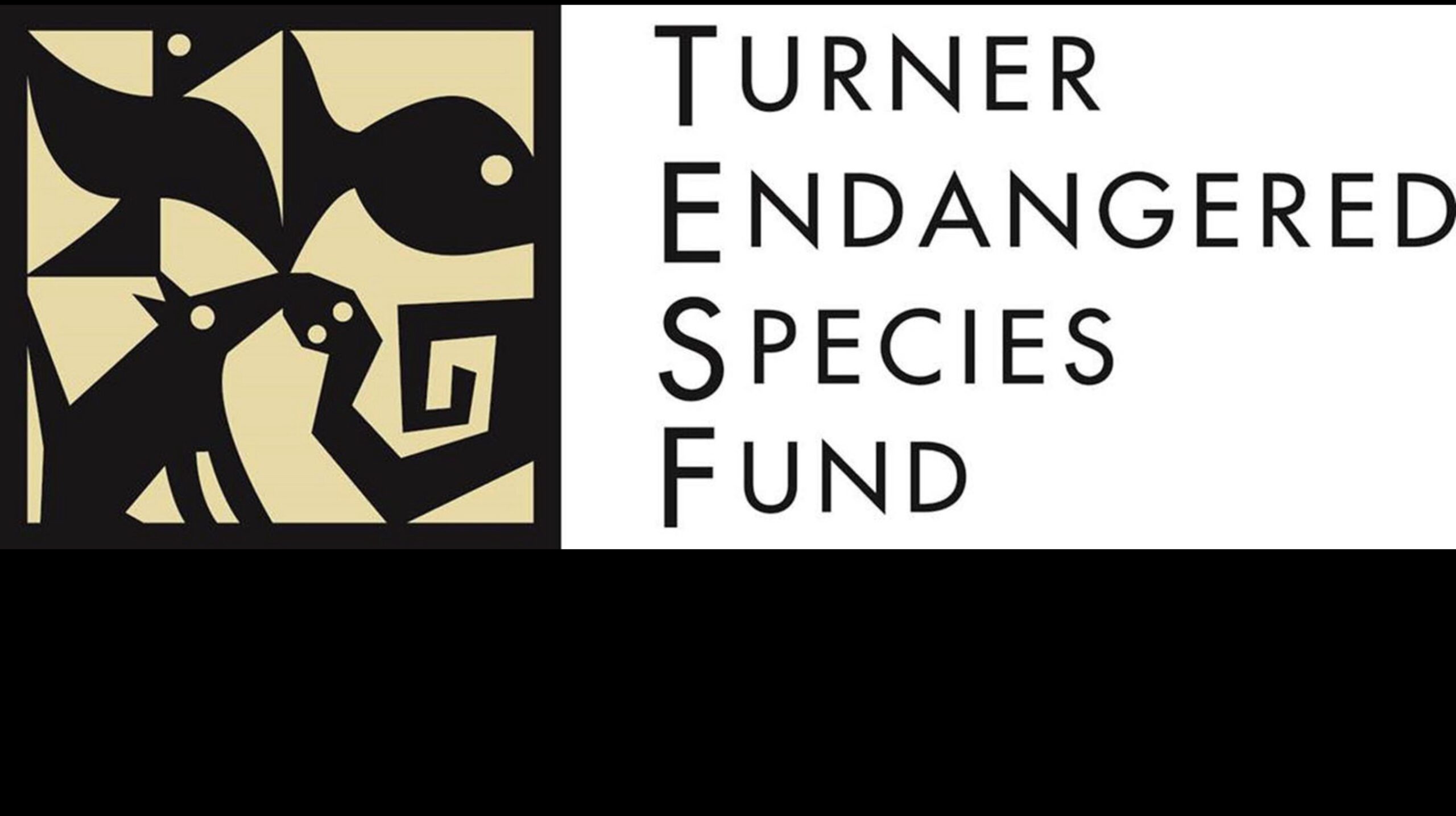Why the Bolson Tortoise Matters
The Bolson tortoise is a living fossil and a keystone engineer: its deep burrows trap moisture, moderate soil temperatures, and create shelter for countless desert reptiles, mammals, insects, and plants. Restoring this ancient herbivore jump-starts ecosystem functions lost since the late Pleistocene.

Progress So Far
TESF’s efforts have already made history. The project has successfully bred and released the first U.S.-born Bolson tortoises in over 10,000 years. Over 150 tortoises are now roaming free on Turner’s ranches in New Mexico. These successes prompted the U.S. Fish and Wildlife Service to launch a formal recovery program—a rare step for endangered species. The project’s focus on private lands highlights TESF’s critical role in conservation, while its Pleistocene rewilding approach is reshaping how we think about ecological restoration.
How the Species Reintroduction Fund is Helping
With support from the Colossal Foundation, the project will take critical steps in 2025:
-
Juvenile Release – Rewild 40 juvenile tortoises from breeding programs to bolster wild populations.
-
Monitoring – Track over 150 free-ranging tortoises to gather vital data on movement, growth, and survival.
-
Shared Science – Publish rewilding protocols and data that guide U.S.–Mexico recovery planning and inform global herpetofauna reintroductions.
-
Long-Term Vision: Lay groundwork for five viable populations by 2035 to ensure species’ survival.


